Worx WO7119 Handleiding
Worx
Niet gecategoriseerd
WO7119
Bekijk gratis de handleiding van Worx WO7119 (12 pagina’s), behorend tot de categorie Niet gecategoriseerd. Deze gids werd als nuttig beoordeeld door 259 mensen en kreeg gemiddeld 4.2 sterren uit 130 reviews. Heb je een vraag over Worx WO7119 of wil je andere gebruikers van dit product iets vragen? Stel een vraag
Pagina 1/12

Cordless Circular Saw EN
Scie circulaire sans fil F
Sierra circular inalámbrica ES
P02
P14
P23

2
WARNING: Some dust created by power
sanding, sawing, grinding, drilling
and other construction activit ies contains
chemicals known to the State of California
to cause cancer, birth defects or other
reproductive harm. Some examples of these
chemicals are:
• Lead from lead-based paints;
• Crystalline silica from bricks and cement
and other masonry products
• Arsenic and chromium from
chemically-treated lumber.
Your risk from these exposures varies,
depending on how often you do this type
of work. To reduce your exposure to these
chemicals, work in a well ventilated area,
and work with approved safet y equipment,
such as those dust masks that are specially
designed to filter out microscopic particles.
WARNING: This product can expose you
to chemicals including lead, phthalate
or bisphenol A which are known to the State
of California to cause cancer, birth defects or
other reproductive harm. Wash your hands
after use. For more information go to www.
P65Warnings.ca.gov.
WARNING: Read all safety warnings,
instructions, illustrat ions and
specifications provided wit h this power tool.
Failure to follow the warnings and instructions may
result in electric shock, fire and/or serious injury.
Save all warnings and instruct ions for future
reference.
The term power tool in the warnings refers to your
electric (corded) power tool or battery-operated
(cordless) power tool.
1. WORK AREA SAFETY
a) Keep work area clean and well lit.
Cluttered or dark areas invite accidents.
b) Do not operate power tools in explosive
atmospheres, such as in the presence of
flammable liquids, gases or dust. Power
tools create sparks which may ignite the dust
or fumes.
c) Keep children and bystanders away while
operating a power tool. Distractions can
cause you to lose control.
2. ELECTRICAL SAFETY
a) Power tool plugs must mat ch the outlet.
Never modify the plug in any way. Do
not use any adapter plugs with grounded
power tools. Unmodified plugs and matching
outlets will reduce risk of electric shock.
b) Avoid body contact with grounded
surfaces such as pipes, radiators, ranges
and refrigerators. There is an increased risk
of electric shock if your body is grounded.
c) Do not expose power tools to rain or wet
conditions. Water entering a power tool will
increase the risk of electric shock.
d) Do not abuse the cord. Never use the
cord for carrying, pulling or unplugging
the power tool. Keep cord away from
heat, oil, sharp edges or moving part s.
Damaged or entangled cords increase the risk
of electric shock.
e) When operating a power tool outdoors,
use an extension cord suitable for
outdoor use marked “W-A” or “W”. Use of
a cord suitable for outdoor use reduces the risk
of electric shock.
f) If operating a power tool in a damp
location is unavoidable,use a residual
current device (RCD) protected supply.
Use of an RCD reduces the risk of electric shock.
3. PERSONAL SAFETY
a) Stay alert, watch what you are doing
and use common sense when operating
a power tool. Do not use a power tool
while you are tired or under the influence
of drugs, alcohol or medication. A moment
of inattention while operating power tools may
result in serious personal injury.
b) Use personal protective equipment.
Always wear eye protection. Protective
equipment such as dust mask, non-skid safety
shoes, hard hat, or hearing protection used for
appropriate conditions will reduce personal
injuries.
c) Prevent unintentional starting. Ensure
the switch is in the off-position before
connecting to power source and/or
batt ery pack, picking up or carrying the
tool. Carrying power tools with your finger on
the switch or energizing power tools that have
the switch on invites accidents.
d) Remove any adjusting key or wrench
before turning the power tool on. A
wrench or a key left attached to a rotating part
of the power tool may result in personal injury.
e) Do not overreach. Keep proper footing
and balance at all times. This enables
better control of the power tool in unexpected
situations.
f) Dress properly. Do not wear loose
clothing or jewellery. Keep your hair and
clothing away from moving parts. Loose
clothes, jewellery or long hair can be caught in
moving parts.
g) If devices are provided for the connection
of dust extraction and collection facilities,
ensure these are connected and properly
used. Use of dust collection can reduce
dust-related hazards.

3
h) Do not let familiarity gained from
frequent use of tools allow you to
become complacent and ignore tool
safety principles. A careless action can
cause severe injury within a fraction of a
second.
4. POWER TOOL USE AND CARE
a) Do not force the power tool. Use the
correct power tool for your application.
The correct power tool will do the job better
and safer at the rate for which it was designed.
b) Do not use the power tool if the switch
does not turn it on and off. Any power tool
that cannot be controlled with the switch is
dangerous and must be repaired.
c) Disconnect the plug from the power
source and/or the battery pack from
the power tool before making any
adjust ments, changing accessories, or
storing power tools. Such preventive safety
measures reduce the risk of starting the power
tool accidentally.
d) Store idle power tools out of the reach
of children and do not allow persons
unfamiliar with the power tool or these
instructions to operate the power tool.
Power tools are dangerous in the hands of
untrained users.
e) Maintain power tools. Check for
misalignment or binding of moving parts,
breakage of parts and any other condition
that may affect the power tool`s
operation. If damaged, have the power
tool repaired before use. Many accidents
are caused by poorly maintained power tools.
f) Keep cutting tools sharp and clean.
Properly maintained cutting tools with sharp
cutting edges are less likely to bind and are
easier to control.
g) Use the power tool, accessories and
tool bits etc., in accordance with
these instructions and in the manner
intended for the particular type of power
tool, taking into account the working
conditions and the work to be performed.
Use of the power tool for operations different
from those intended could result in a
hazardous situation.
h) Keep handles and grasping surfaces
dry, clean and free from oil and grease.
Slippery handles and grasping surfaces do not
allow for safe handling and control of the tool
in unexpected situations.
5. BATTERY TOOL USE AND CARE
a) Recharge only with the charger specified
by the manufacturer. A charger that is
suitable for one type of battery pack may
create a risk of fire when used with another
battery pack.
b) Use power tools only with specifically
designated bat tery packs. Use of any other
battery packs may create a risk of injury and fire.
c) When battery pack is not in use, keep it
away from other metal objects, like paper
clips, coins, keys, nails, screws or other
small metal objects, that can make a
connection from one terminal to another.
Shorting the battery terminals together may
cause burns or a fire.
d) Under abusive conditions, liquid may be
ejected from the bat tery; avoid contact.
If contact accidentally occurs, flush
with water. If liquid contacts eyes,
additionally seek medical help. Liquid
ejected from the battery may cause irritation or
burns.
e) Do not use a battery pack or tool that is
damaged or modified. Damaged or modified
batteries may exhibit unpredictable behaviour
resulting in fire, explosion or risk of injury.
f) Do not expose a battery pack or tool to
fire or excessive temperature. Exposure
to fire or temperature above 130 °C may cause
explosion.
g) Follow all charging instructions and
do not charge the battery pack or tool
outside the temperature range specified
in the instructions. Charging improperly or
at temperatures outside the specified range
may damage the battery and increase the risk
of fire.
6. SERVICE
a) Have your power tool serviced by
a qualified repair person using only
identical replacement parts. This will
ensure that the safety of the power tool is
maintained.
b) Never service damaged battery packs.
Service of battery packs should only be
performed by the manufacturer or authorized
service providers.
a) DANGER: Keep hands away from
cutting area and the blade. Keep your
second hand on auxiliary handle, or motor
housing. If both hands are holding the saw,
they cannot be cut by the blade.
b) Do not reach underneath the workpiece.
The guard cannot protect you from the blade
below the workpiece.
c) Adjust the cutting depth to the thickness
of the workpiece. Less than a full tooth of
the blade teeth should be visible below the
workpiece.
d) Never hold piece being cut in your hands
or across your leg. Secure the workpiece
to a stable platform. It is important to
support the work properly to minimize body
exposure, blade binding, or loss of control.
Product specificaties
| Merk: | Worx |
| Categorie: | Niet gecategoriseerd |
| Model: | WO7119 |
Heb je hulp nodig?
Als je hulp nodig hebt met Worx WO7119 stel dan hieronder een vraag en andere gebruikers zullen je antwoorden
Handleiding Niet gecategoriseerd Worx
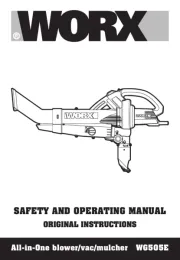
24 Maart 2025
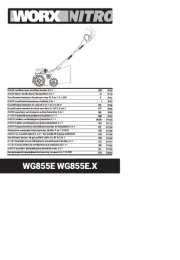
28 Februari 2025

28 Februari 2025
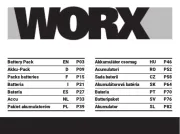
28 December 2024

20 November 2024

20 November 2024
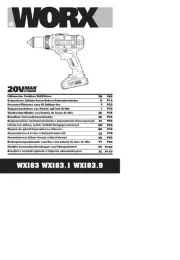
29 Augustus 2024
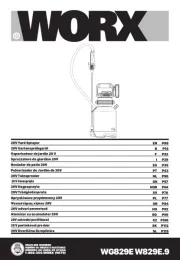
5 Mei 2024
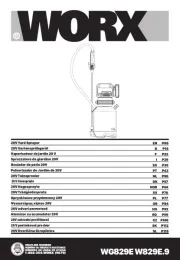
5 Mei 2024

4 Mei 2024
Handleiding Niet gecategoriseerd
- Oase
- Krom
- Yubico
- Urban Glide
- BenQ
- VICSEED
- Danfoss
- Alpen Kreuzer
- GEEKOM
- KWS KitchenWare Station
- Budda
- Silicon Power
- Fotile
- Gallien-Krueger
- Laney
Nieuwste handleidingen voor Niet gecategoriseerd
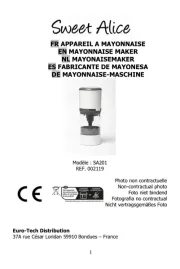
15 September 2025
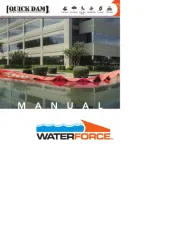
15 September 2025
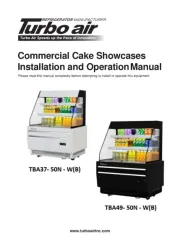
15 September 2025
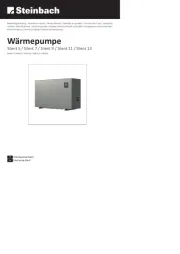
15 September 2025
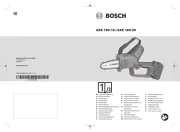
15 September 2025
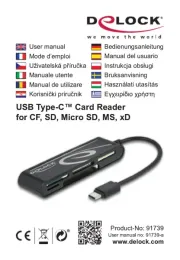
15 September 2025

15 September 2025
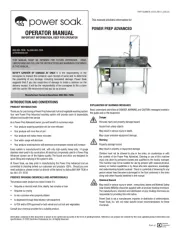
15 September 2025
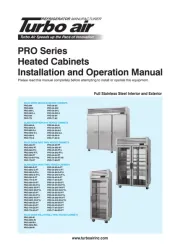
15 September 2025
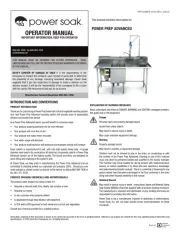
15 September 2025